Mid-Century Modern Style Architecture
Mid-century modern style architecture, also known as “MCM,” is an architectural style that emerged in the United States during the mid-20th century. It is characterized by clean lines, minimal ornamentation, and a focus on functionality and practicality. This style was popularized by architects like Richard Neutra, Charles and Ray Eames, and Eero Saarinen, and became a defining element of post-World War II American design.

The Origins of Mid-Century Modern Architecture:
The origins of mid-century modern architecture can be traced back to the early part of the 20th century, when European architects began experimenting with new forms and materials. The Swiss-French architect Le Corbusier is often credited as one of the pioneers of the modernist movement, which emphasized the use of new materials such as glass, steel, and concrete and a rejection of traditional ornamentation in favor of simplicity and functionality.
In the 1920s, the German Bauhaus school of design furthered the modernist movement, emphasizing the fusion of art and technology and the integration of design elements into everyday life. Mid-century modern architecture took these concepts and applied them to post-World War II America, creating a unique aesthetic that blended the functionality and practicality of modernism with a distinctly American sensibility.

Design Elements of Mid-Century Modern Architecture:
Mid-century modern architecture is characterized by a number of distinct design elements that set it apart from other architectural styles, both modern and traditional. Some of the key design elements include:
- Clean Lines and Minimal Ornamentation: Mid-century modern architecture emphasizes clean, simple lines, with little or no ornamentation. Buildings are often characterized by flat roofs, large expanses of glass, and open floor plans that blur the line between indoor and outdoor spaces.
- Function over Form: Mid-century modern architecture prioritizes functionality over form, with an emphasis on the practical uses of space rather than traditional notions of beauty or aesthetics. Buildings are designed to maximize natural light, provide ample storage and living space, and promote a sense of flow and connectiveness.
- Use of New Materials: Mid-century modern architects were pioneers in the use of new materials, including concrete, glass, and steel. These materials were used to create structures that were both lightweight and durable, with a focus on creating buildings that could withstand the demands of the modern age.
- Integration of Nature: Mid-century modern architects also placed a strong emphasis on integrating nature into their designs, blurring the line between the built and natural environments. Buildings are often set amidst natural landscapes, with large expanses of glass that allow for views of the surrounding area and create a sense of connection to the outdoors.

Notable Architects of Mid-Century Modern Architecture:
A number of notable architects emerged during the mid-century modern period, each with their own unique approach to the style. Some of the most prominent architects of this period include:
- Richard Neutra: A pioneer of mid-century modern architecture, Richard Neutra was known for his sleek, minimalist designs that emphasized functionality and practicality. Neutra believed that architecture should be responsive to the needs of its inhabitants, with buildings that promote health, comfort, and well-being. Some of his most famous works include the Kaufmann House in Palm Springs, California and the Lovell House in Los Angeles.
- Charles and Ray Eames: Charles and Ray Eames were a husband and wife team who were known for their furniture and product designs as well as their contributions to architecture. Their designs emphasized simplicity, functionality, and affordability, with an emphasis on creating products that could be mass-produced and made available to a wide audience. Their most famous architectural work is the Eames House in Pacific Palisades, California.
- Eero Saarinen: Finnish-American architect Eero Saarinen was known for his inventive use of new materials and his bold, sculptural designs that often incorporated curves and organic shapes. Some of his most famous works include the TWA Terminal at New York’s JFK Airport and the Gateway Arch in St. Louis, Missouri.
- Frank Lloyd Wright: Though he is often associated with an earlier era of architecture, Frank Lloyd Wright’s work continued to influence the mid-century modern period. Wright was known for his innovative use of natural materials and his organic, flowing designs that integrated buildings with their natural surroundings. Some of his most famous works include Fallingwater in Pennsylvania and the Guggenheim Museum in New York.

Mid-century modern architecture had a profound influence on the built environment of the United States and beyond. Its emphasis on functionality, simplicity, and a connection to nature helped shape the aesthetic and practical concerns of generations of architects and designers. Today, mid-century modern buildings continue to be prized for their unique blend of form and function, and their ability to create spaces that promote health, comfort, and well-being. Whether in the form of classic structures like the Kaufmann House or new designs that draw on the mid-century modern aesthetic, this style of architecture remains an enduringly popular and influential force in the world of design.





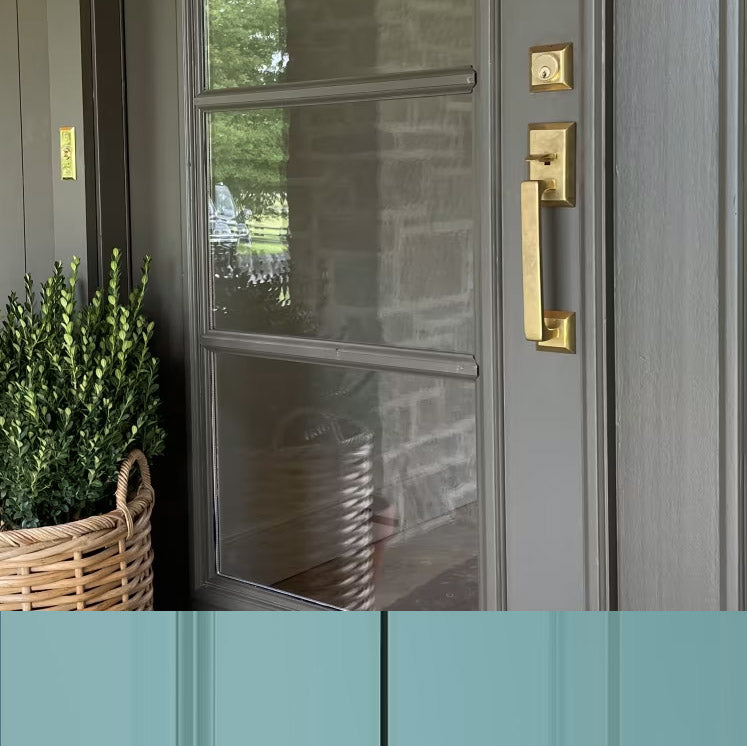
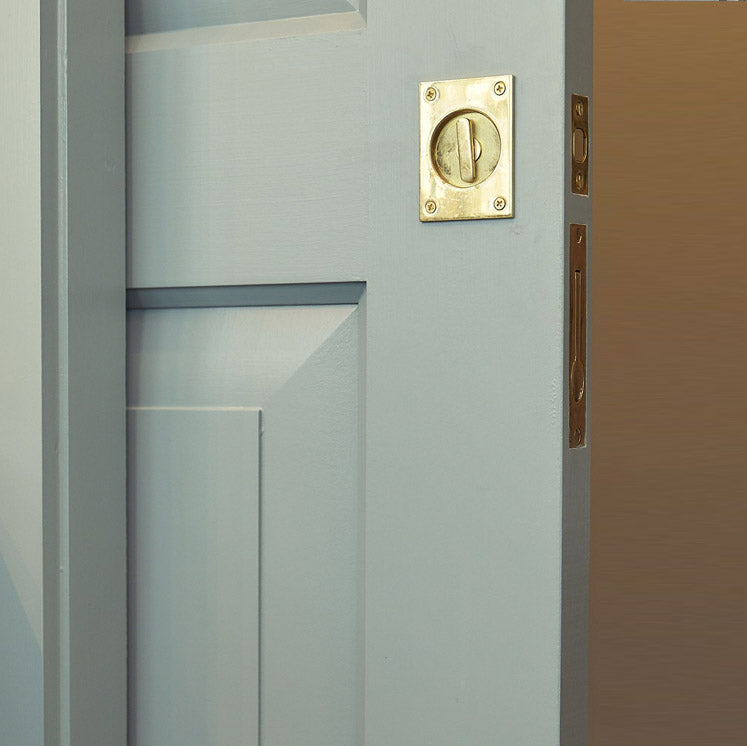

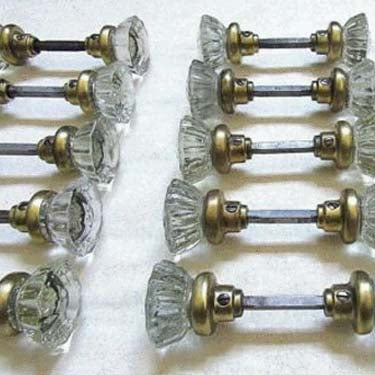

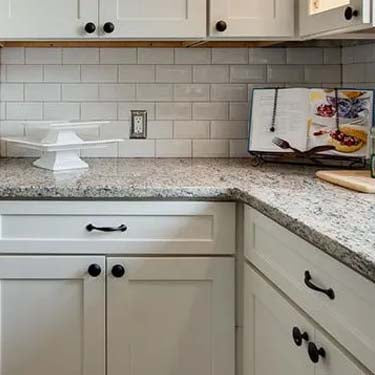



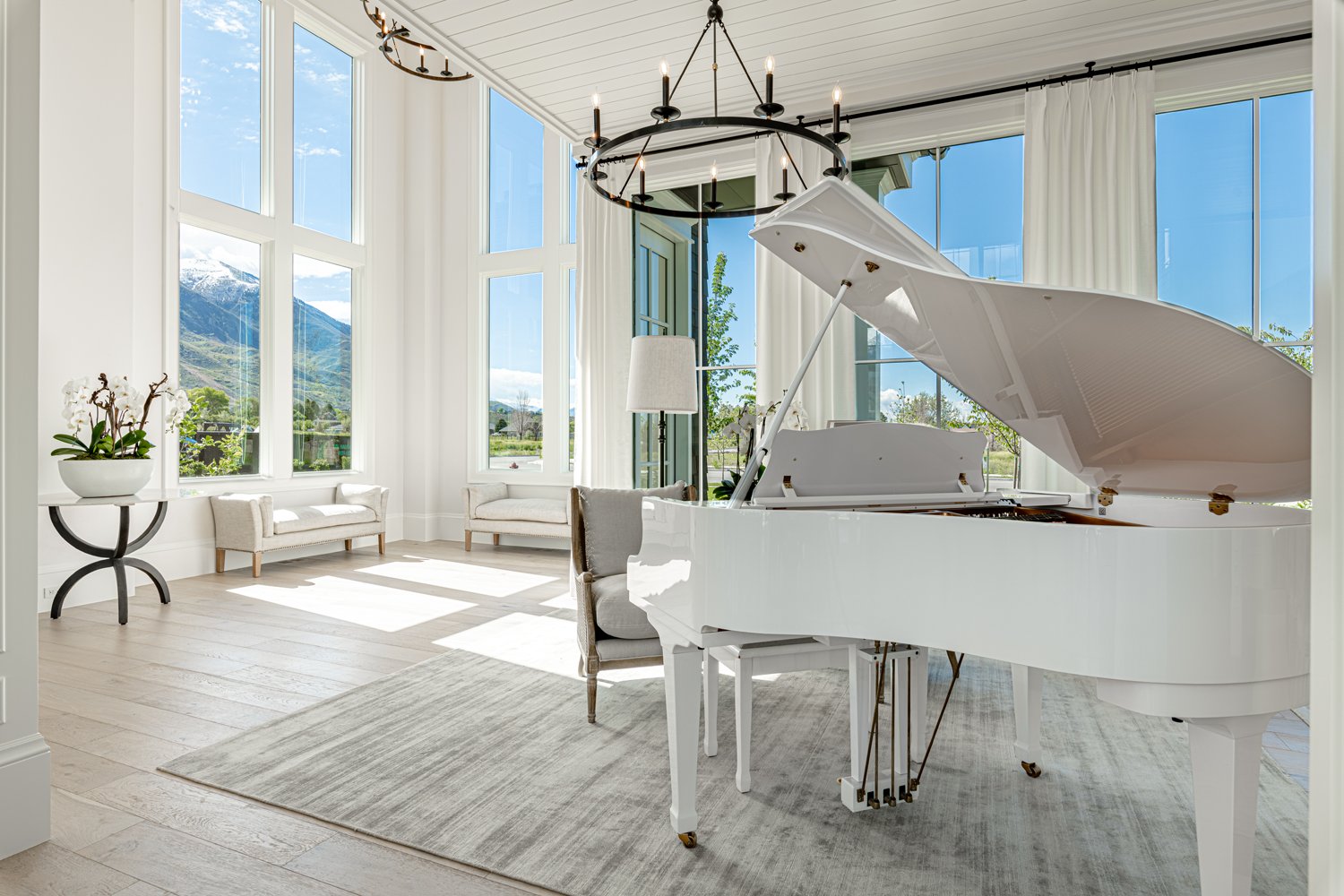
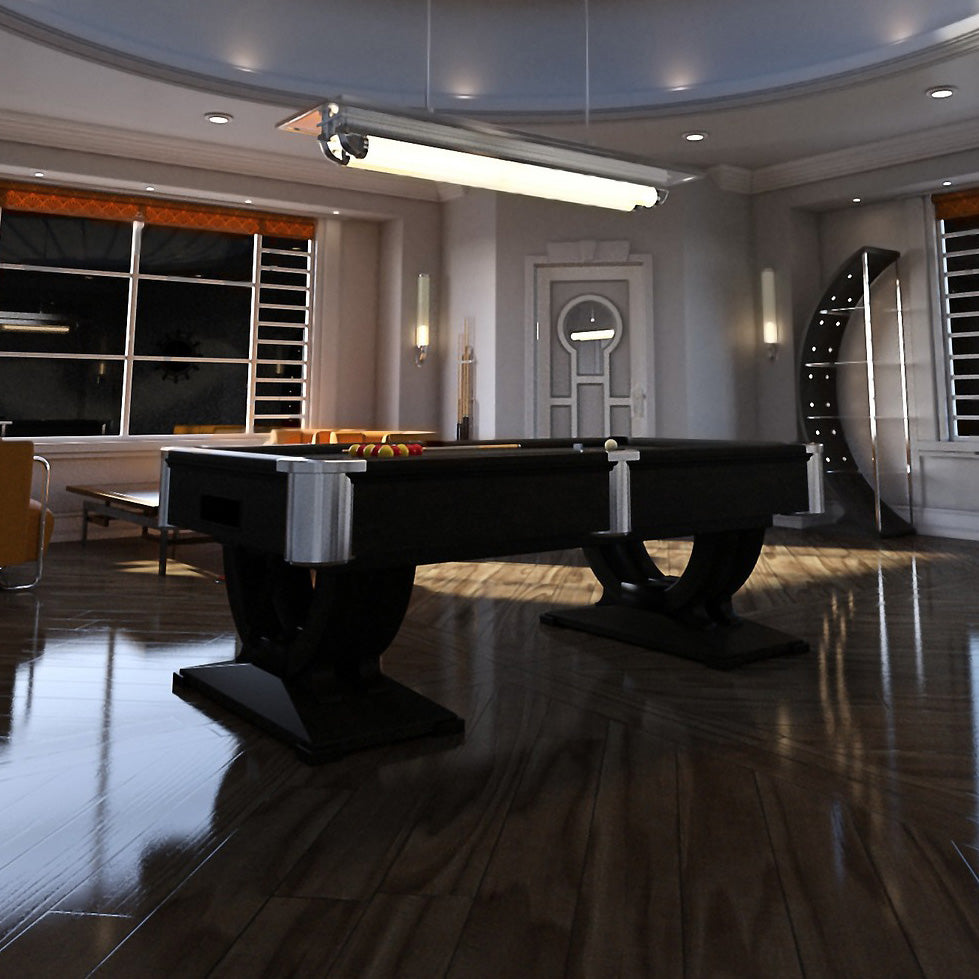
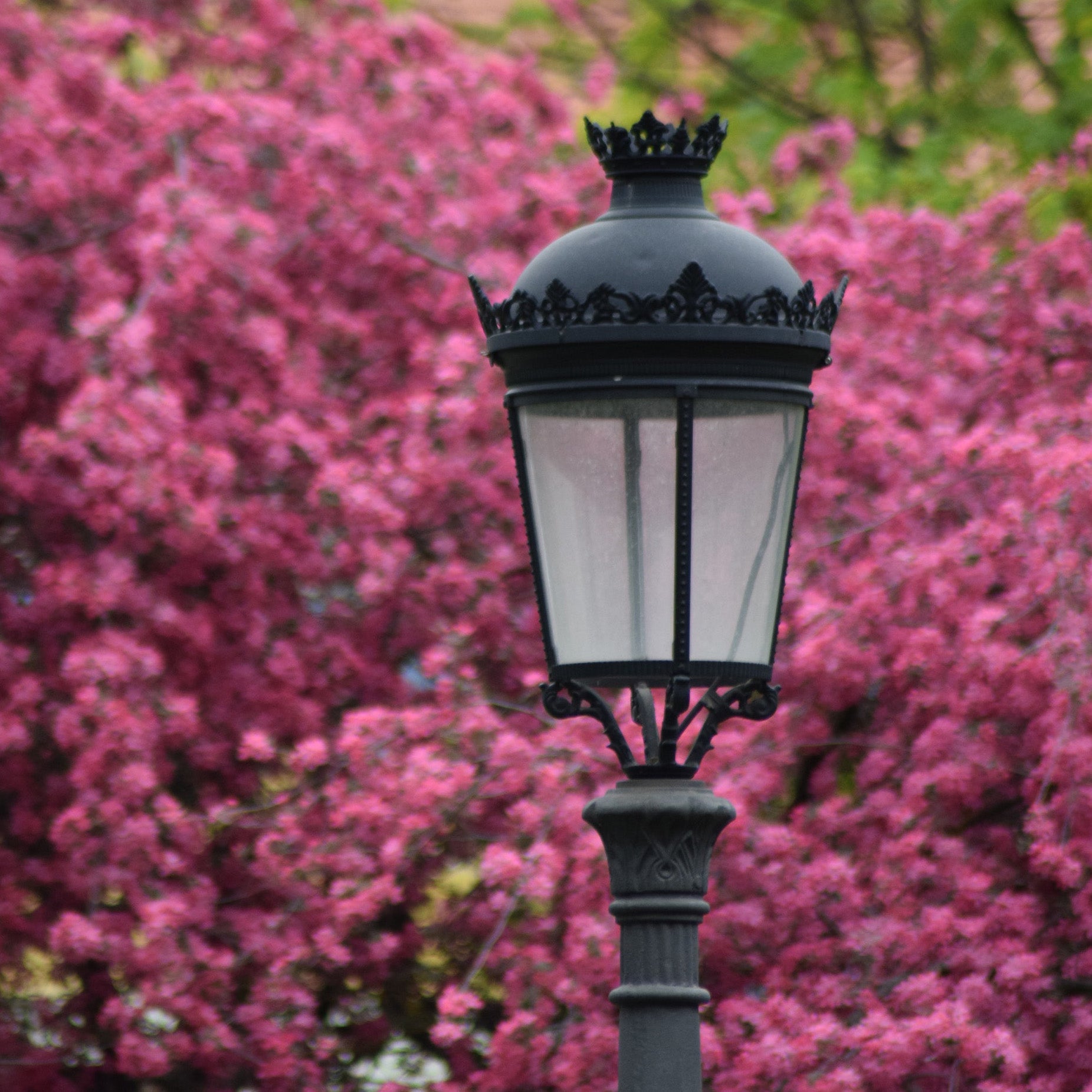





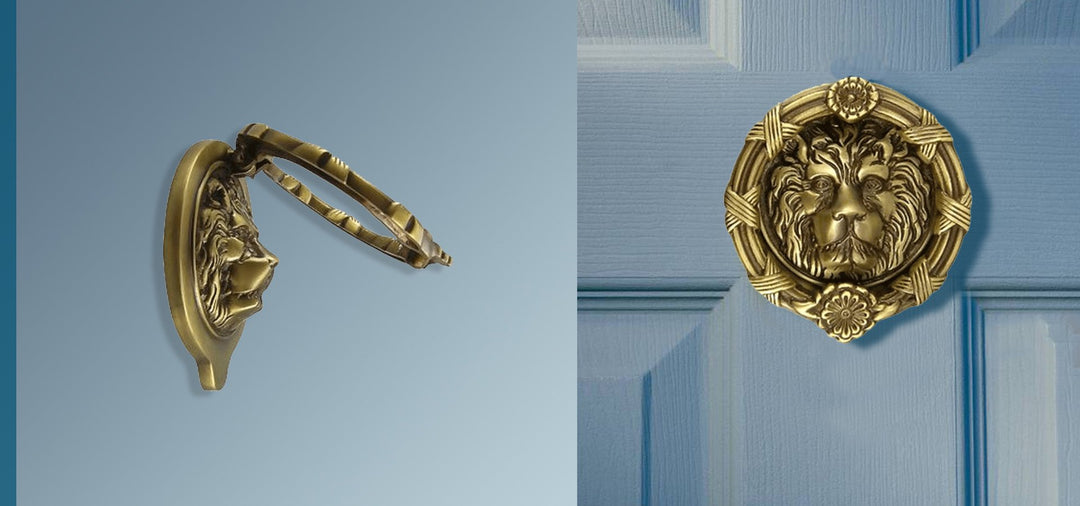
It’s so beautiful.
Leave a comment